5g Service Based Architecture Showing Cbcf

Imagine a bustling city, teeming with interconnected devices, self-driving cars navigating complex routes, and immersive augmented reality experiences seamlessly overlaying the real world. This isn't a scene from a futuristic movie, but a glimpse into the potential unlocked by 5G, powered by a revolutionary architecture that's subtly but profoundly changing the way networks function.
At the heart of this transformation lies the 5G Service Based Architecture (SBA), and within it, a crucial component known as the Cloud Based Charging Function (CBCF). The CBCF is much more than just a billing system; it's a dynamic, flexible engine that enables innovative charging models, real-time usage tracking, and personalized service offerings, paving the way for a truly customized and efficient 5G experience.
The Foundation of 5G: Service Based Architecture
To truly grasp the significance of the CBCF, it's important to understand the architectural shift underpinning 5G.
Traditional mobile networks were built upon rigid, monolithic designs, making it difficult to adapt to new services and technologies. The SBA, however, adopts a modular approach, breaking down network functions into individual, independent services. This allows for greater flexibility, scalability, and agility in deploying and managing 5G networks.
Think of it like building with Lego bricks instead of a pre-fabricated structure. You can easily add, remove, or modify individual components without disrupting the entire system.
This architecture is defined by 3GPP (3rd Generation Partnership Project), the global standards body that develops protocols for mobile telecommunications.
The SBA uses a common framework, based on standard interfaces and protocols, that allows different network functions to communicate and interact seamlessly. This promotes interoperability between vendors and simplifies the integration of new services and technologies.
Understanding the Cloud Based Charging Function (CBCF)
The CBCF plays a pivotal role within the SBA, responsible for handling charging and billing functionalities in a dynamic and cloud-native environment.
Unlike traditional charging systems, which were often tightly coupled with specific network elements, the CBCF is designed to be independent and scalable. This allows operators to offer a wider range of charging models, such as usage-based billing, time-based billing, or even application-specific billing.
This opens up possibilities for innovative service offerings, such as tiered data plans, sponsored data, and real-time charging adjustments based on network conditions.
Key Capabilities of the CBCF
The CBCF brings a host of new capabilities to the table.
Real-time Charging: The CBCF enables real-time monitoring of usage and dynamic adjustments to charging rates, allowing for more accurate and granular billing. This prevents bill shock and provides users with greater control over their spending.
Flexible Charging Models: Operators can create a diverse range of charging models tailored to specific services or applications. For instance, users might pay a premium for high-bandwidth applications like video streaming or gaming.
Policy Integration: The CBCF can integrate with policy control functions to enforce charging policies based on user profiles, service agreements, or network conditions. This helps ensure fair usage and prevents network congestion.
Data Analytics: The CBCF generates valuable data insights into user behavior and network usage, allowing operators to optimize their service offerings and improve network performance. This data-driven approach enables more personalized and efficient service delivery.
Cloud-Native Design: Built on cloud-native principles, the CBCF is highly scalable and resilient, capable of handling the massive data volumes and high transaction rates associated with 5G networks. This ensures reliable and consistent charging services even during peak demand.
The Benefits of CBCF in a 5G World
The CBCF brings numerous benefits to network operators, service providers, and end-users alike.
For operators, the CBCF enables them to monetize their 5G investments more effectively by offering a wider range of personalized services and charging models. This helps them attract new customers, increase revenue, and improve profitability.
Service providers can leverage the CBCF to offer innovative applications and services that require flexible and dynamic charging capabilities. This opens up new business opportunities and drives innovation in the 5G ecosystem.
End-users benefit from greater transparency, control, and personalization in their 5G experience. They can choose the charging models that best suit their needs and budget, and they can receive real-time updates on their usage and spending.
"The Cloud Based Charging Function is not just about billing; it's about enabling a new era of personalized and dynamic services in the 5G world," says a Senior Network Architect at a major telecom company.
Challenges and Considerations
While the CBCF offers significant advantages, there are also challenges and considerations to address.
Security: Protecting the integrity and confidentiality of charging data is paramount. Robust security measures must be implemented to prevent fraud, unauthorized access, and data breaches.
Interoperability: Ensuring interoperability between different CBCF implementations and other network functions is crucial for seamless service delivery. Standardized interfaces and protocols are essential to facilitate interoperability.
Scalability: The CBCF must be able to scale to handle the massive data volumes and high transaction rates associated with 5G networks. Cloud-native architectures and distributed processing techniques are necessary to achieve scalability.
Complexity: Managing a complex charging infrastructure requires specialized expertise and tools. Operators need to invest in training and automation to effectively manage their CBCF deployments.
The Future of Charging in 5G
The CBCF is a key enabler of the 5G vision, paving the way for a future where networks are more dynamic, flexible, and personalized. As 5G technology continues to evolve, the CBCF will play an increasingly important role in supporting new applications and services.
We can expect to see further advancements in real-time charging capabilities, with more sophisticated algorithms and machine learning techniques used to optimize charging rates based on network conditions and user behavior.
The integration of the CBCF with other network functions, such as network slicing and edge computing, will also enable new use cases and business models.
Imagine a future where your car automatically adjusts its charging rate based on traffic conditions, or where your virtual reality headset seamlessly integrates with your mobile plan to provide a truly immersive experience. The CBCF is helping to make that future a reality.
The journey towards a fully realized 5G future is ongoing, and the Cloud Based Charging Function is a critical stepping stone. As we continue to innovate and refine this technology, we can unlock the full potential of 5G and create a more connected, efficient, and personalized world.



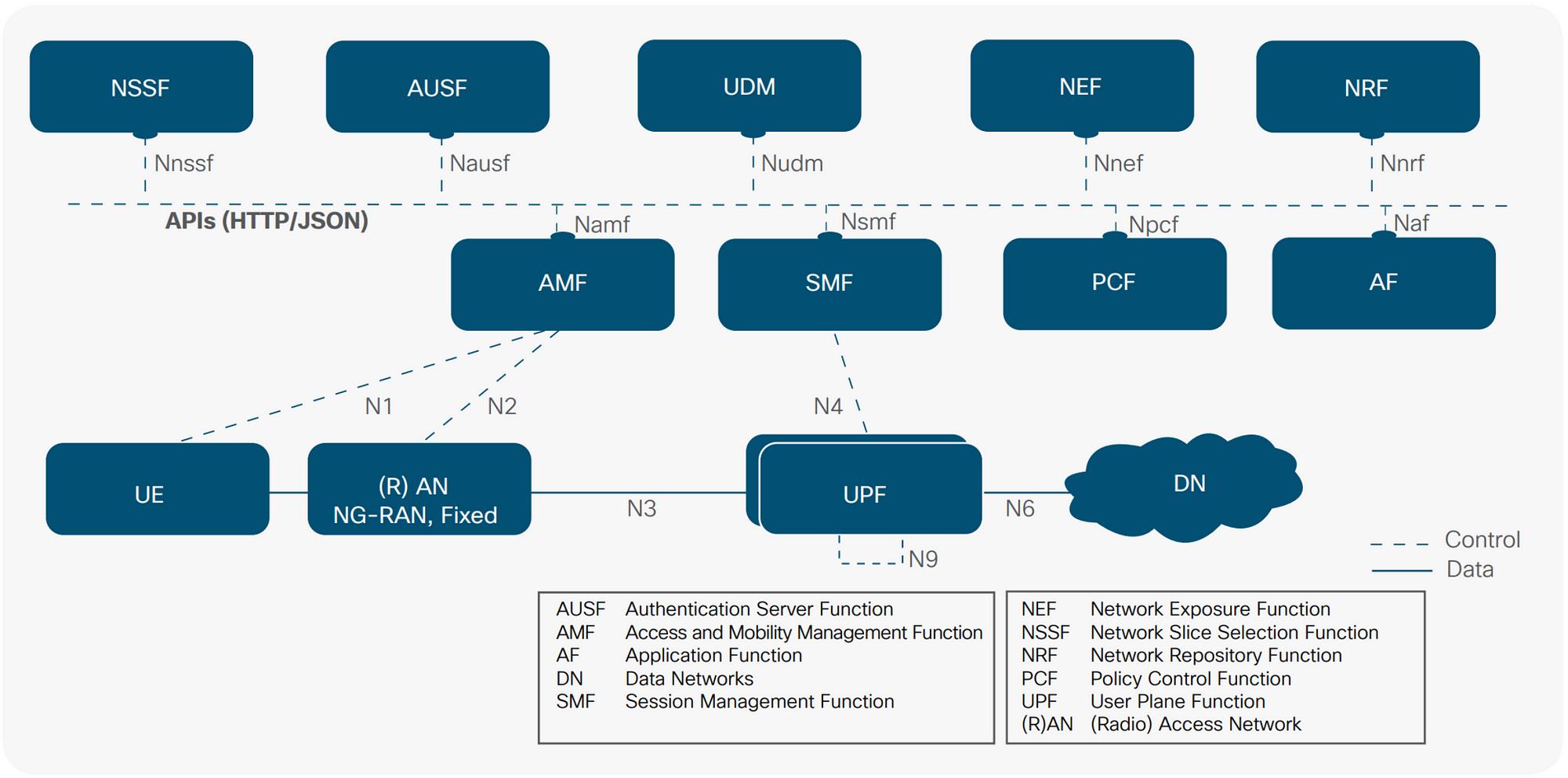


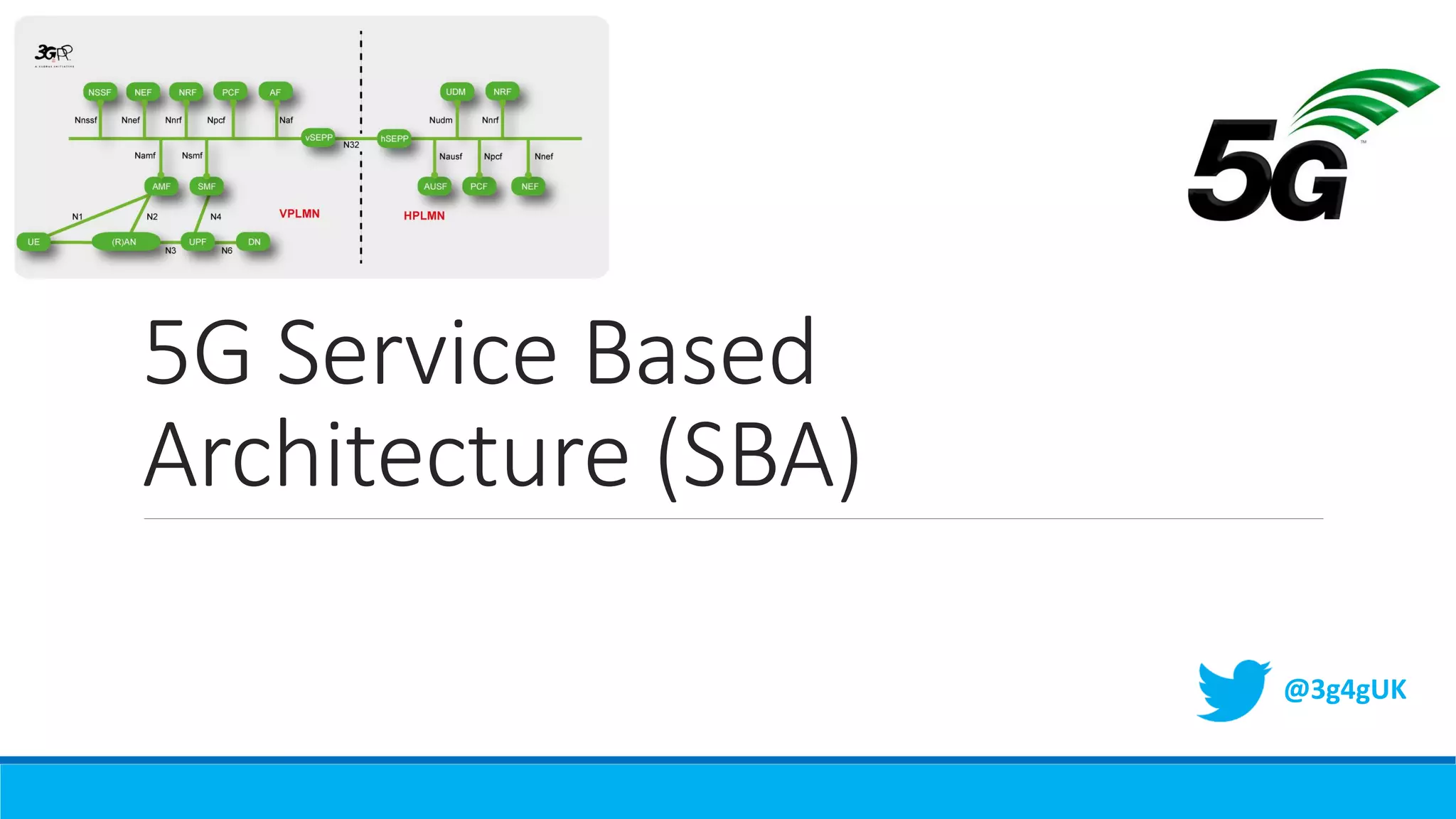

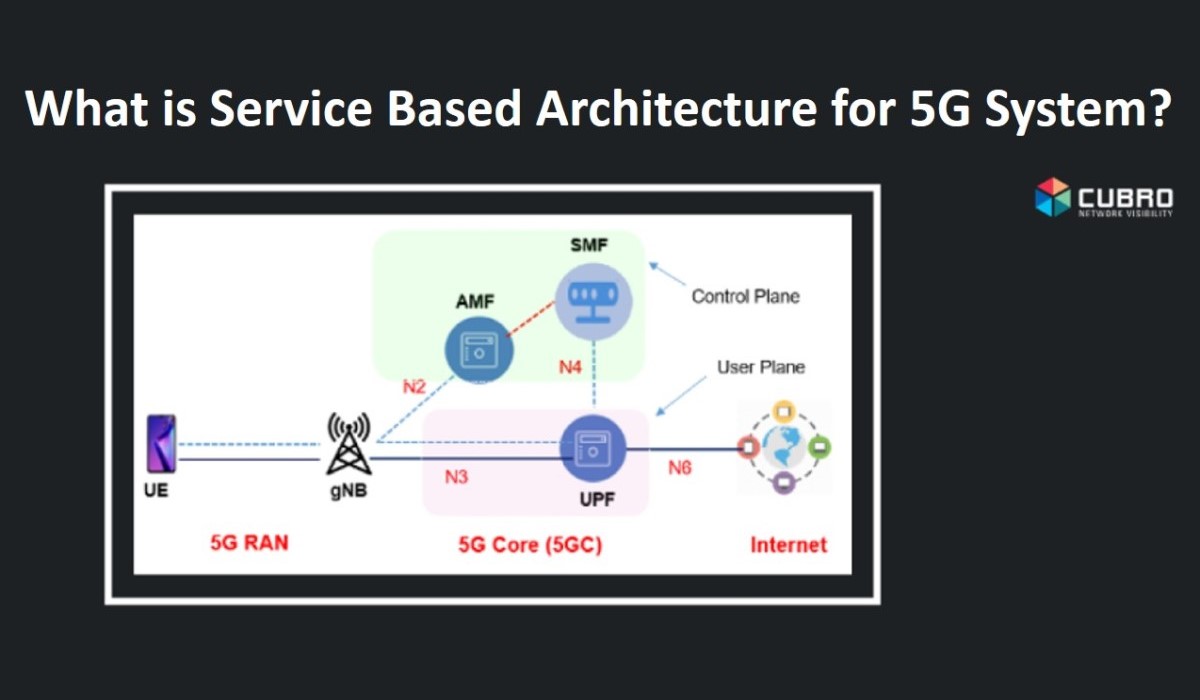

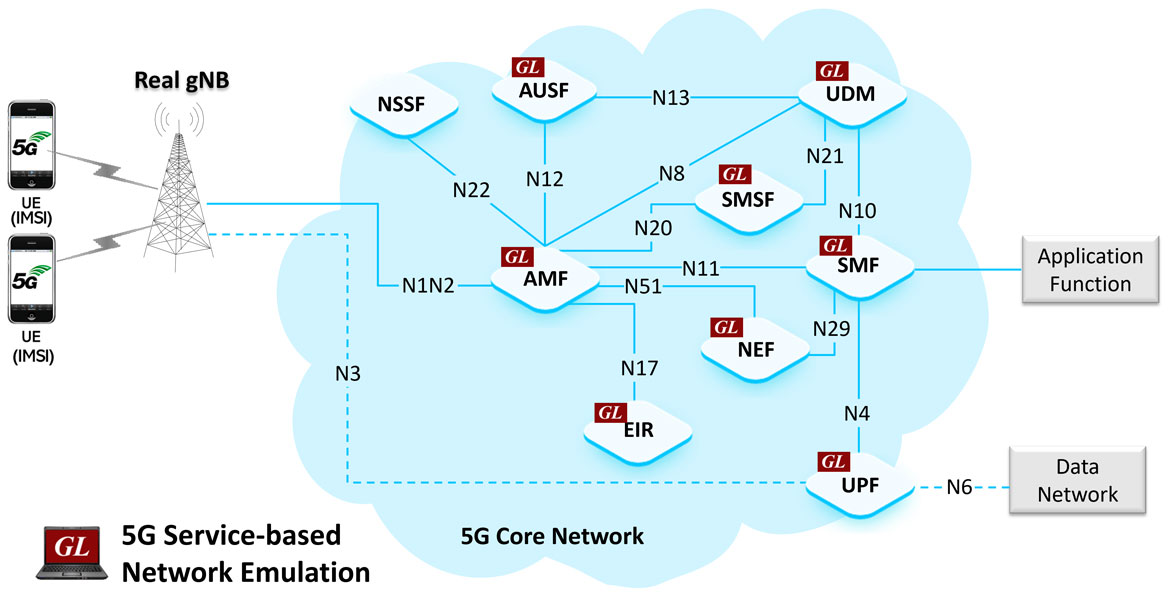

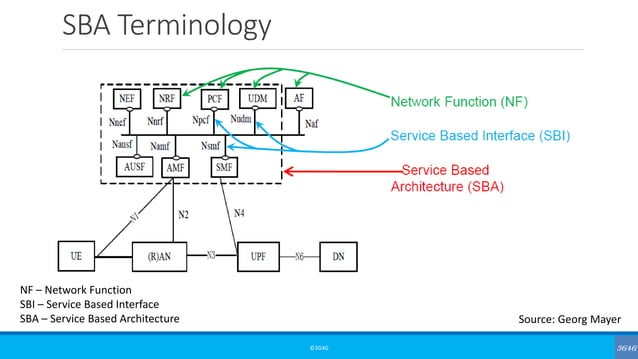
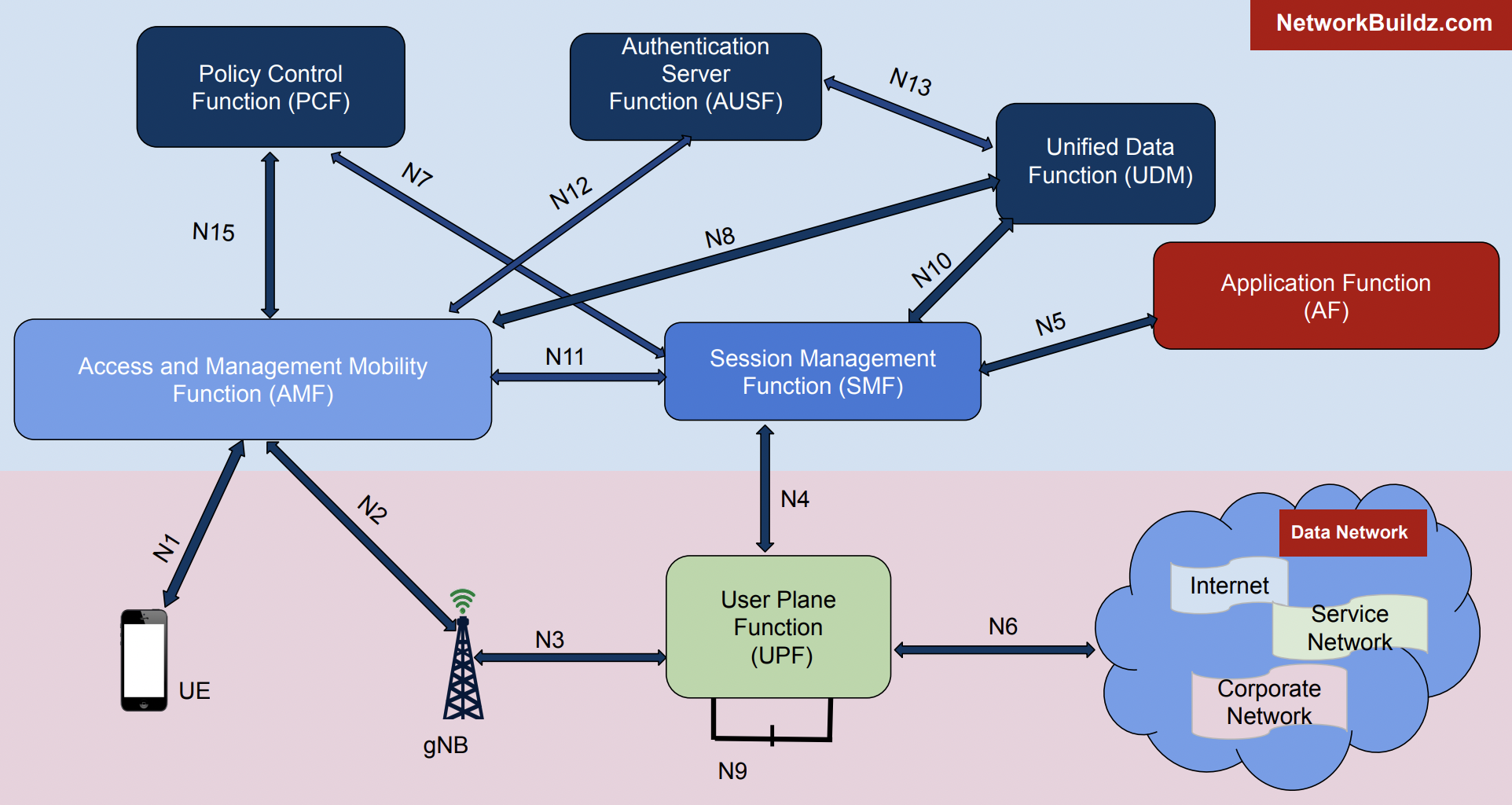
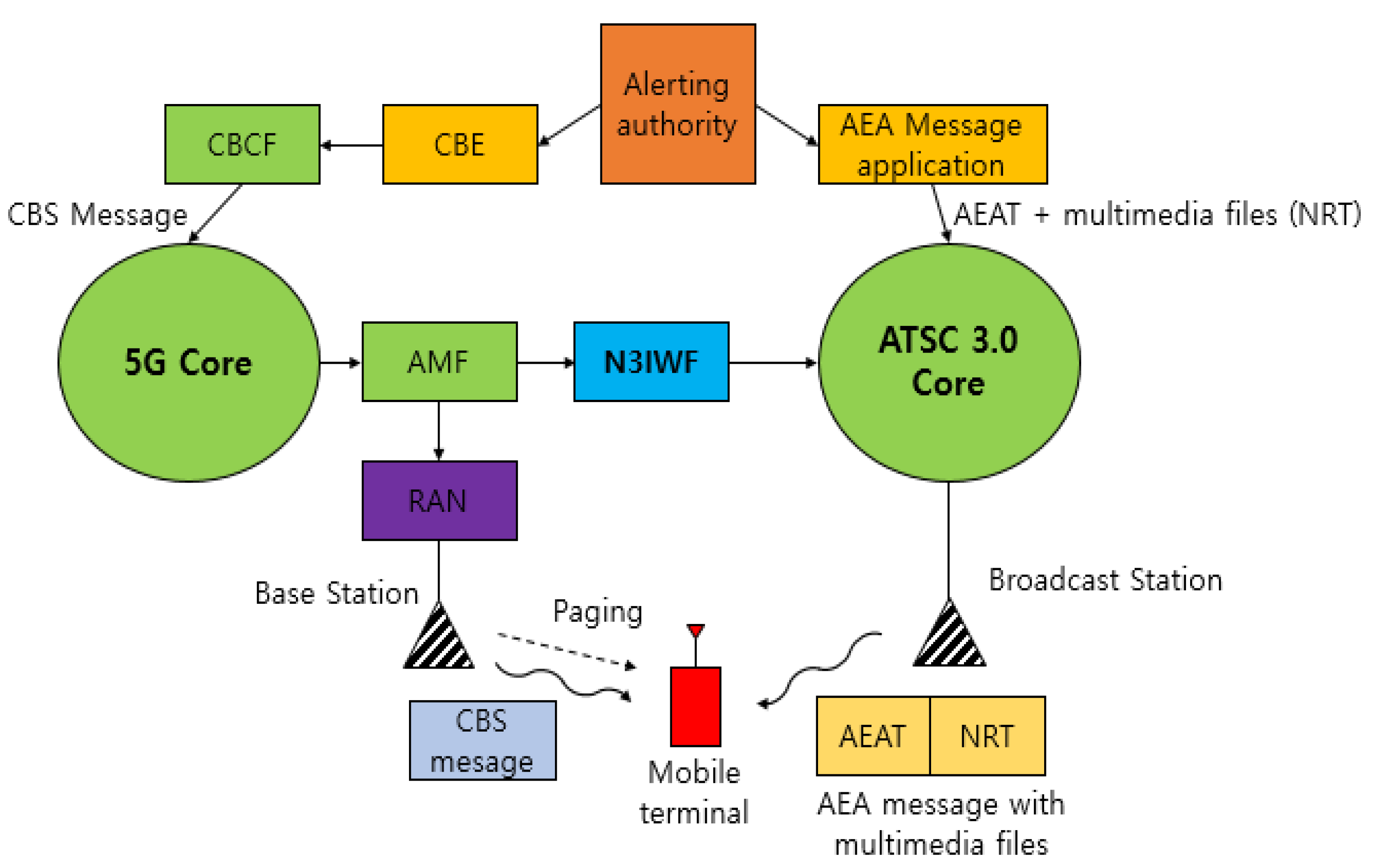
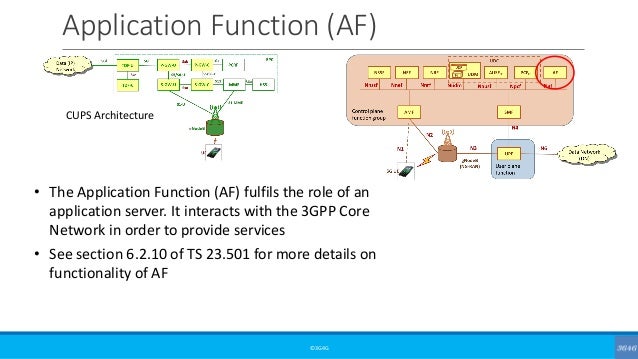
![5g Service Based Architecture Showing Cbcf Service based representation of 5G architecture [8] | Download](https://www.researchgate.net/publication/330599318/figure/fig1/AS:718618455179264@1548343399121/Service-based-representation-of-5G-architecture-8.jpg)

